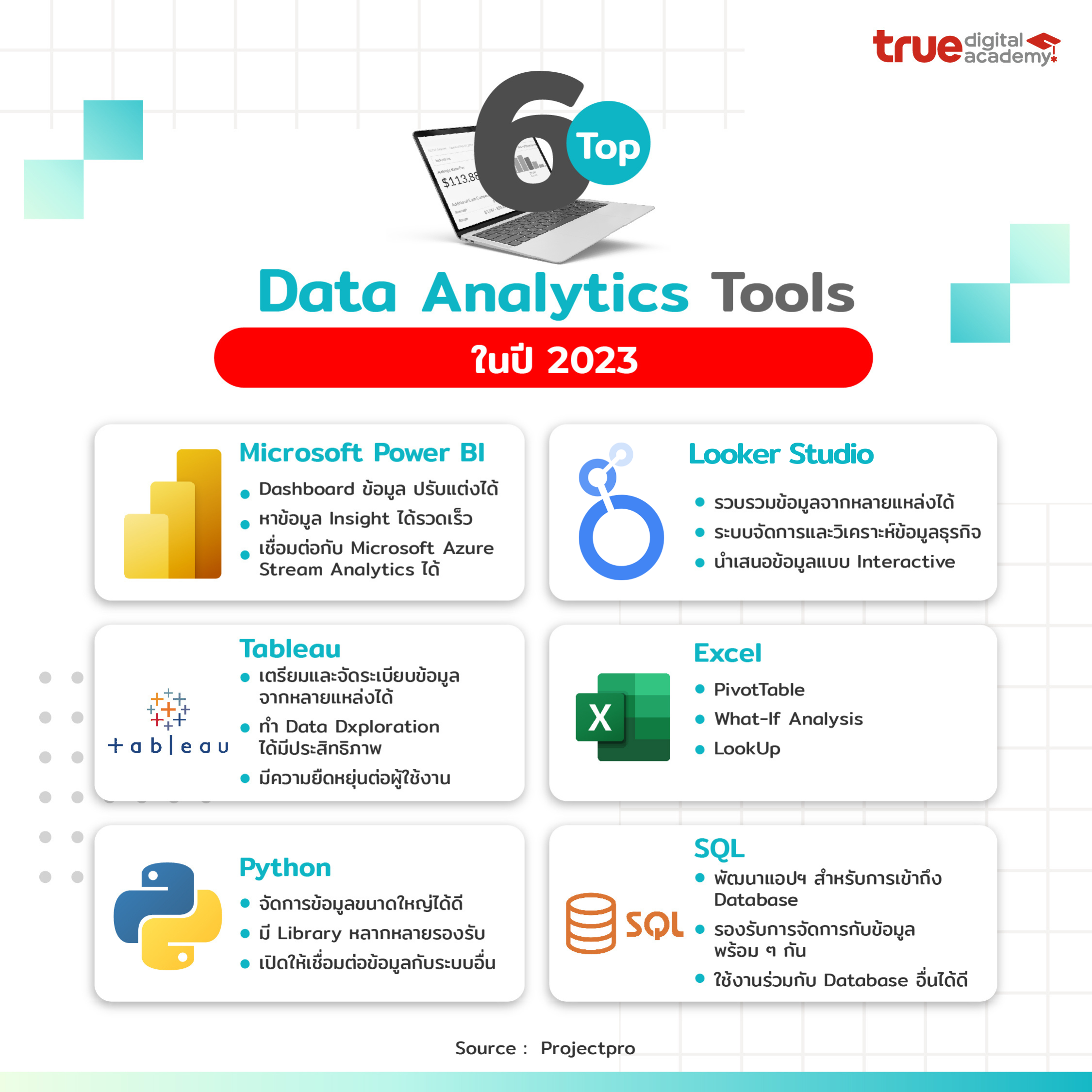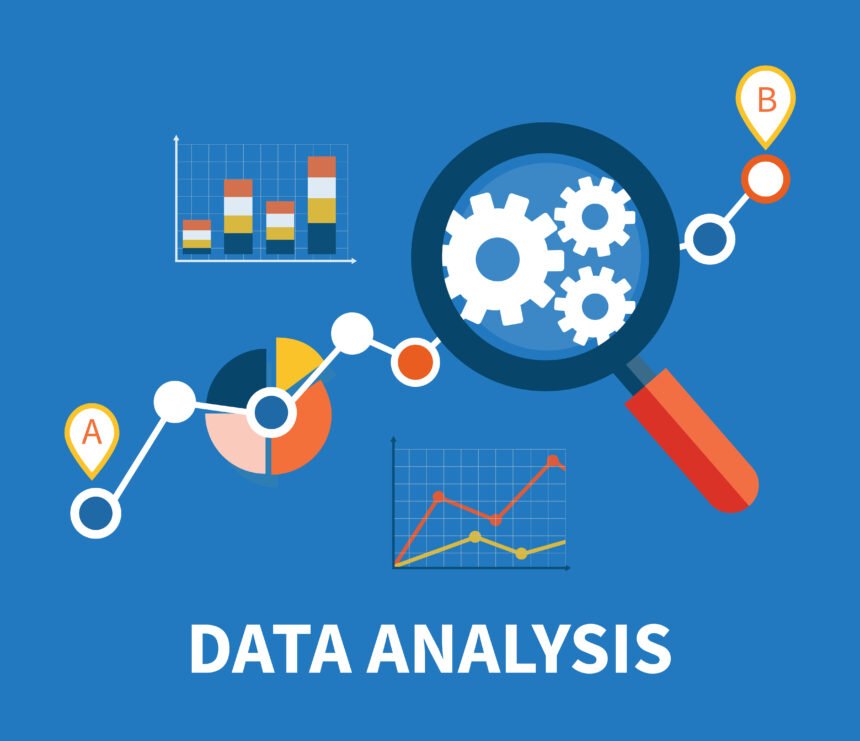Utilize Predictive Analytics for Future-Ready Decisions
Utilize Predictive Analytics for Future-Ready Decisions
Blog Article
Increase Performance and Profitability Through Information Analytics
In today's data-driven landscape, organizations are significantly identifying the pivotal role of information analytics in improving functional effectiveness and productivity. By systematically examining data, organizations can uncover crucial understandings that educate critical choices, simplify processes, and tailor consumer experiences.
Understanding Information Analytics
In today's data-driven landscape, recognizing information analytics is vital for companies intending to improve functional performance and drive earnings. Data analytics includes the systematic computational evaluation of information sets to uncover patterns, relationships, and insights that notify decision-making. By utilizing different methods, such as statistical evaluation, maker understanding, and anticipating modeling, companies can change raw data into actionable intelligence.
The procedure typically starts with data collection, where relevant information is collected from multiple resources, including transactional databases, consumer interactions, and market trends. This information is after that cleansed and organized to ensure precision and consistency. As soon as the data is prepared, logical tools and software are made use of to check out and envision the information, making it possible for stakeholders to determine trends and anomalies.
Eventually, understanding information analytics equips companies to make enlightened choices based on empirical evidence instead of intuition. It promotes targeted techniques that can maximize resource appropriation, enhance client fulfillment, and boost general performance. As organizations significantly acknowledge the value of data-driven insights, a solid grip of data analytics becomes an important expertise for leaders and groups alike, placing them for continual success in an affordable setting.

Key Advantages for Services
Companies that leverage data analytics can unlock a multitude of advantages that considerably boost their operations and success. Among the main benefits is enhanced decision-making. Data analytics provides actionable understandings originated from real-time information, allowing services to make informed choices that straighten with market demands and consumer choices.

Additionally, data analytics fosters boosted customer experiences. By recognizing client behaviors and choices, organizations can tailor their offerings, causing boosted satisfaction and commitment. This individualized method commonly leads to higher conversion prices and repeat business.
Additionally, information analytics enables organizations to recognize arising opportunities and trends. By staying ahead of the contour, companies can take advantage of new markets and advancements prior to their competitors.
Carrying Out Data-Driven Methods
Effective application of data-driven strategies needs a comprehensive understanding of both organizational objectives and readily available data sources. Organizations needs to first define their goals clearly, making certain placement between data initiatives and strategic goals. This quality makes it possible for teams to concentrate on relevant metrics and insights that drive decision-making.
High-quality data is important for precise analysis, as inadequate information can lead to misguided approaches and lost resources - Analytics. Organizations needs to establish procedures for data collection, cleansing, and administration to keep information integrity.
Moreover, fostering a data-driven society is essential. Workers in any way levels ought to be motivated to utilize information in their day-to-day operations. Educating programs and workshops can boost data proficiency, empowering team to make informed choices based on analytical insights.
Tools and Technologies Review
A durable suite of modern technologies and devices is vital for organizations aiming to harness the full capacity of information analytics. These tools facilitate the collection, processing, and visualization of information, allowing companies to obtain workable understandings.
At the fundamental degree, data management systems such as SQL data sources and NoSQL systems provide effective information storage and access capacities. For information processing and evaluation, programming languages like Python and R, along with structures such as Apache Spark, enable intricate estimations and maker knowing applications.
Visualization devices, including Tableau and Power BI, change raw data right into intuitive visual styles, making understandings obtainable to stakeholders in any way levels. Additionally, cloud-based systems like Google Cloud and AWS use scalable storage space and processing Recommended Reading solutions, accommodating the growing quantities of data organizations encounter.
For innovative analytics, anticipating modeling and AI-driven solutions are significantly embraced, allowing firms to forecast fads and improve decision-making processes. Integrating these devices into existing process is vital; organizations that successfully utilize this technology can significantly improve functional effectiveness and drive productivity. Therefore, buying the right devices and modern technologies is a tactical vital for any type of data-driven organization.
Situation Research Studies of Success
Leveraging data analytics has led many companies to achieve impressive improvements in effectiveness and productivity. One notable case is a big retail chain that implemented anticipating analytics to optimize inventory management. By examining historic sales data and consumer fads, the business lowered excess inventory by 30%, leading to considerable price financial savings and boosted capital.
An additional instance can be discovered in the manufacturing industry, where a leading automobile producer used information analytics to boost its manufacturing processes. By keeping an eye on equipment efficiency Resources in real-time, the company identified inefficiencies and traffic jams, leading to a 20% boost in overall tools performance (OEE) This not just increased production prices however likewise reduced downtime and upkeep expenses.

These instance studies highlight how information analytics can drive strategic decision-making, enhance procedures, and ultimately improve both performance and earnings throughout various markets.
Verdict
To conclude, the assimilation of data analytics into service procedures presents considerable opportunities for boosting performance and success. By methodically assessing original site data, organizations can recognize inadequacies, optimize client experiences, and make notified choices. The fostering of anticipating modeling and real-time monitoring even more allows services to remain in advance of arising fads and allocate resources effectively. Inevitably, the calculated execution of data-driven methods promotes continual affordable advantages and drives considerable enhancements in operational performance and monetary results.
In today's data-driven landscape, recognizing data analytics is necessary for companies intending to enhance operational performance and drive earnings. Data analytics involves the systematic computational evaluation of data sets to reveal patterns, connections, and insights that educate decision-making. Data analytics provides workable insights acquired from real-time data, allowing organizations to make educated choices that straighten with market demands and customer preferences.
Top quality information is important for accurate evaluation, as bad data can lead to misdirected methods and squandered resources. Organizations needs to establish procedures for data collection, cleansing, and management to keep data honesty.
Report this page